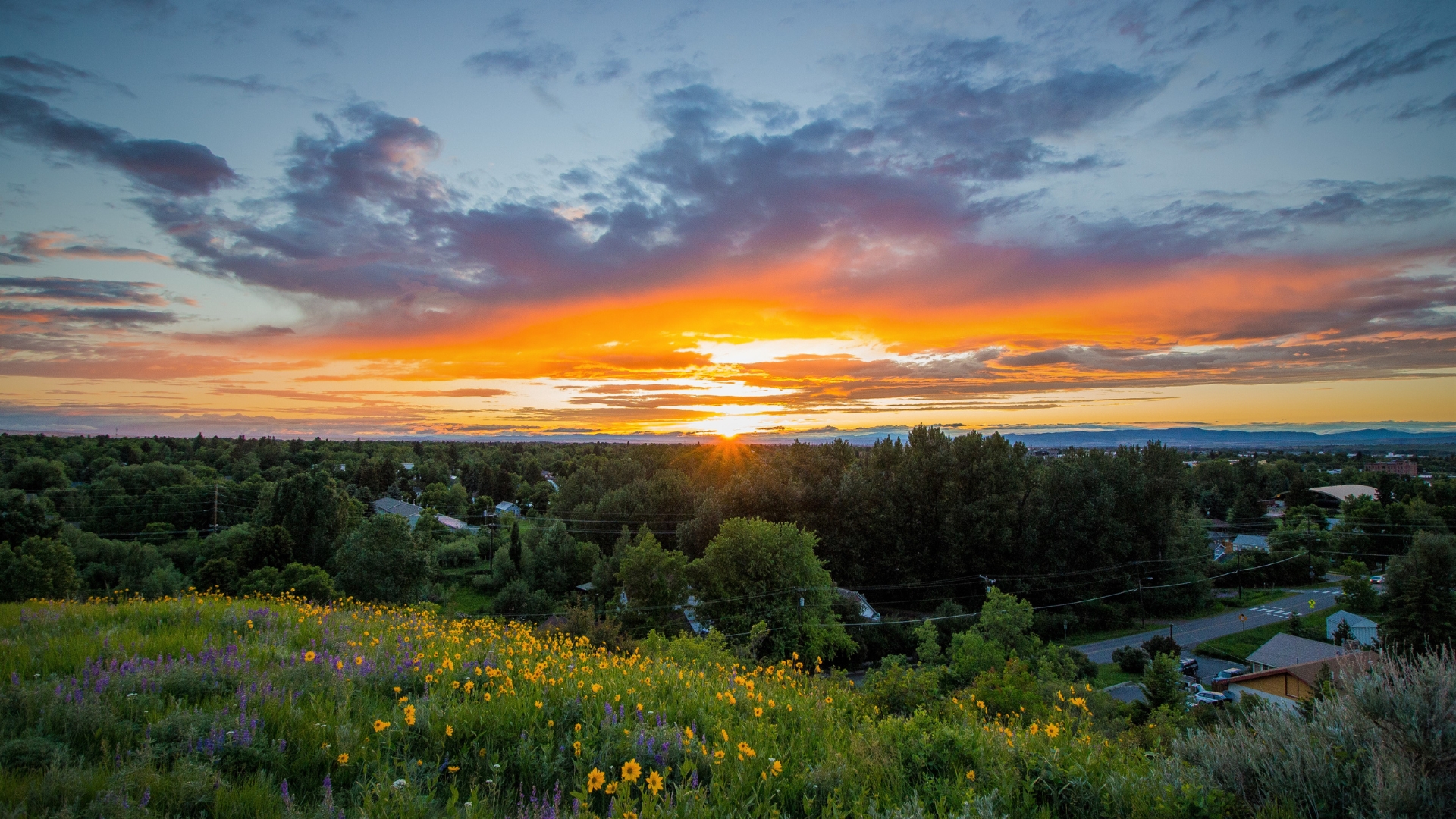By BRIAN WHEELER
Guest Columnist
I was encouraged by the feedback, both in person and online, to a couple of recent op-eds regarding concerns about water quality. It seems like the issue is finally receiving the public discussion and consideration that it deserves.
As such, I wanted to take the opportunity to highlight the efforts of the Big Hole River Foundation (BHRF) and our ongoing work to monitor water quality on the Big Hole River. I’m not certain that folks are totally aware of the fact that prior to last year, there was no agency, group, or organization continuously monitoring water quality on the Big Hole. It’s for that exact reason that BHRF shifted direction two years ago and funneled all available resources into researching, designing, and implementing a long-term monitoring program on a river that we can all agree is special.
The Big Hole River is a world-class fishery and the economic driver for ranching and recreation in a large swath of southwest Montana including Beaverhead, Silver Bow, and Madison Counties. In truth, the ecological, cultural, and economic importance of the Big Hole is hard to overstate. But this watershed, like many others, faces threats by non-point source pollution and habitat loss or
degradation from historical mining, agricultural runoff, aging septic, a warming climate, and proposed development.
The 151-mile long, free flowing Big Hole is ecologically unique as the last refuge of a native population of fluvial arctic grayling in the lower 48 states. This is critical habitat for a species of concern. Once distributed throughout the upper Missouri River basin (above Great Falls), today’s remnant population exists in a mere 5% of its historic range. Though its very presence and fragility speaks to the quality of habitat here, the need for this project is further reaching than the grayling alone.
As with all river corridors, we recognize that in the Big Hole there is an intersection of use wherein the needs of wildlife, agriculture, recreation, the fishing industry, and drinking water all coincide. The common denominator for all uses is the availability of abundant, clean water. We all depend on it. Water chemistry testing can give us insight into nutrient loads, pollutant concentrations, and dissolved oxygen levels while macroinvertebrate sampling can provide insight into the biological impact of those pollutant levels. Through both, we are able to paint a picture of the physical and chemical health of the watershed, against which we can measure changes in the future and foster the best possible conditions for the health of this blue-ribbon fishery and agricultural lifeblood.
Watershed health is directly tied to community health. BHRF recognizes the need for science-based management of such an extraordinary resource and the importance of having the data necessary for stakeholders to face those management decisions with clarity. Good management decisions require good data. Beyond that, monitoring of chemical water constituents and macroinvertebrates can allow for early detection of deteriorating water quality and subsequently lead to a faster response in case of a problem.
But longevity is key to a program such as this. With each passing year, this data becomes more valuable as a benchmark for identifying trends in water quality. We anticipate that with time,
the data will also be helpful to groups and agencies doing great restoration, streamflow, and habitat improvement work in the watershed.
This is not simply an issue on the Big Hole. Functionally, the scope of monitoring statewide water quality and pollution concerns is large enough that many areas have been neglected as un-or under-funded, resulting in a need for local watershed groups such as BHRF to work together to conduct this important work and to do so on a shoestring.
The work of establishing a baseline health and tracking changes in water quality is fundamental to every single user of the resource and the associated local economies, because we all live downstream. Keeping our finger on the pulse of the health of this river will benefit the varied users, both human and wildlife, who depend on the Big Hole, the Gallatin, the Madison and other rivers for their lives and livelihoods, recreation opportunities, drinking water, and the very cultural heritage of the state.
It’s as simple as this: Under the Clean Water Act, all surface waters are designated with specific beneficial uses that they should be capable of supporting, including aquatic life, recreation,
irrigation, and drinking. Monitoring water quality is therefore an essential function. That’s the existing data gap BHRF is working to address with our program.
We hope to offer an example and encouragement to other groups seeking to monitor their own watersheds because none of us exist without clean water.
Brian Wheeler, Executive Director, Big Hole River Foundation
Bozeman Daily Chronicle Guest Editorial 2/18/21

